When Apple introduced the iPhone 12 series, it introduced its new MagSafe technology with them. Despite the fact that support is coming for it from third-party manufacturers (with or without an official license), because the market for accessories is really huge, Android device manufacturers have been a little sleepy in this regard. So there is already a copy here, but it is indistinct.
MagSafe is nothing more than wireless charging that can be run on iPhones at up to 15W (Qi only offers 7,5W). Its advantage is the magnets that precisely place the charger in its place, so that optimal charging takes place. However, magnets can also be used for various holders and other accessories, such as wallets, etc. Since its introduction, Apple has logically implemented MagSafe in the 13 series. It was expected that it would not take long, and the technology would begin to be copied by Android device manufacturers on a large scale . Surprisingly, this was not the case, and in fact to some extent it still is not.
What is successful is worth copying and providing to your customers. So is MagSafe technology successful? Given the number of expanding lines of different accessories from different manufacturers, one could say yes. Moreover, it is interesting what a manufacturer can extract from "ordinary" magnets. But the Android market did not respond to it from the beginning. We used to be used to the fact that whatever interesting thing appeared on iPhones, it followed on Android phones, whether it was positive or negative (loss of 3,5mm jack connector, removal of charging adapter and headphones from the product packaging).
It could be interest you
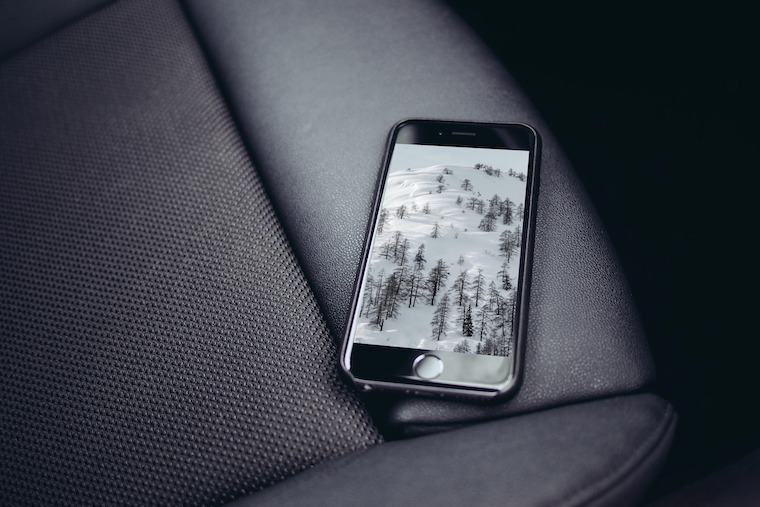
Realme MagDart
Virtually only Realme and Oppo came out of the big and well-known smartphone manufacturers with their variant of MagSafe technology. The first said named it MagDart. Even so, this happened only after more than half a year since the introduction of the iPhone 12, last summer. Here, Realme combines the well-known induction charging coil with a ring of magnets (in this case, boron and cobalt) to ideally place the phone on the charger or attach accessories to it.
However, Realme's solution has a clear advantage. Its 50W MagDart charger should charge the phone's 4mAh battery in just 500 minutes. That said, MagSafe only works with 54W (so far). Realme immediately came up with a number of products, such as a classic charger, a wallet with a stand, but also a power bank or an additional light.
It could be interest you

Oppo MagVOOC
The second Chinese manufacturer Oppo came a little longer. He named his solution MagVOOC and declares 40W charging. It states that you can recharge the 4mAh battery in a phone with this technology in 000 minutes. So both companies have faster wireless charging, but iPhone users are just used to charging their devices just taking time. So there is no need to argue about which solution is more powerful. With due distance, however, it can be said that success did not come much for any of the Chinese solutions. For when two (in this case three) do the same thing, it is not the same thing.
At the same time, Oppo is a major global player, as it ranks around fifth in sales of its devices. So it definitely has a strong base of users who would make good use of such technologies. But then there are the companies Samsung, Xioami and vivo, which have not yet started the "magnetic" fight.

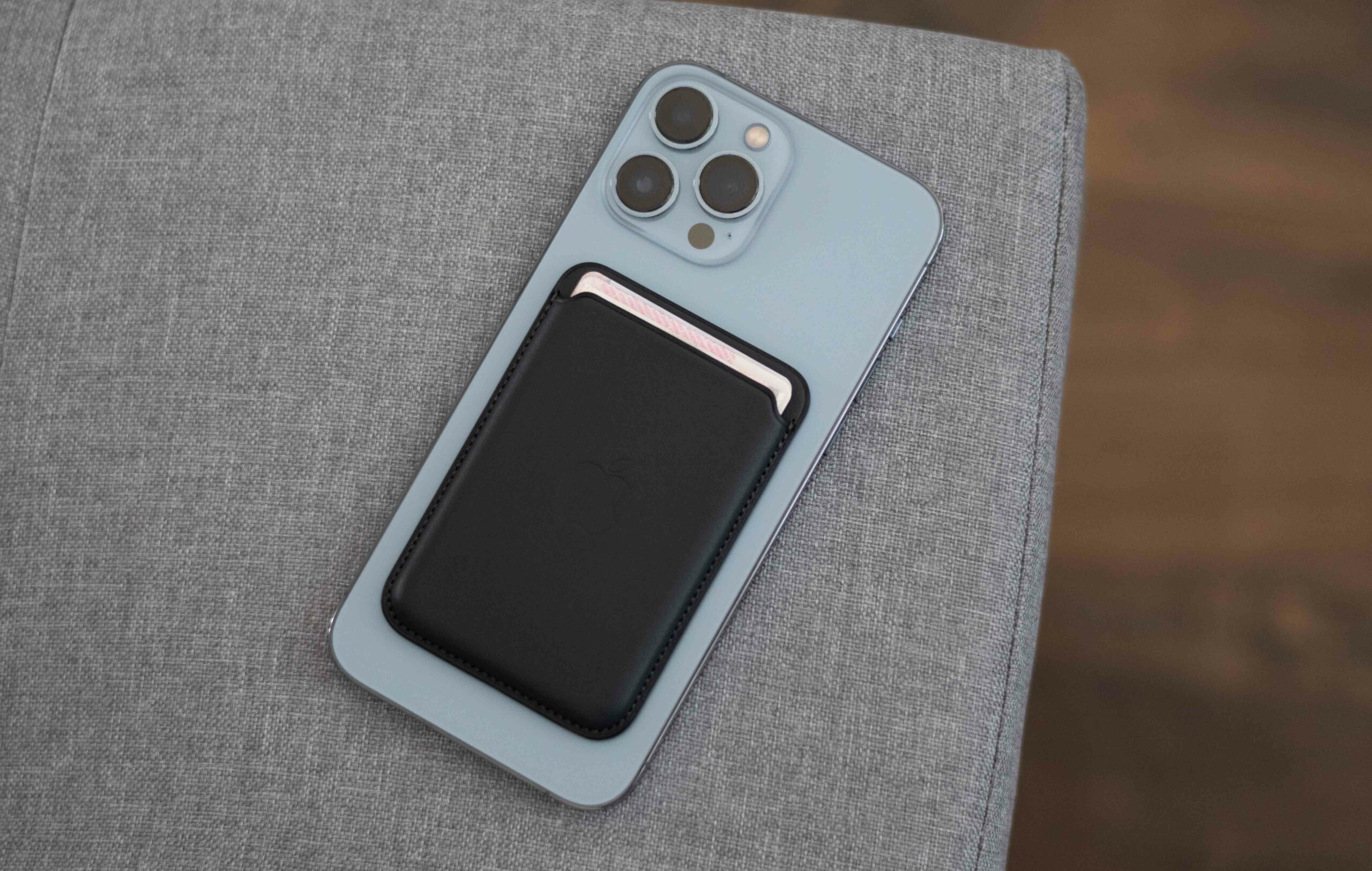
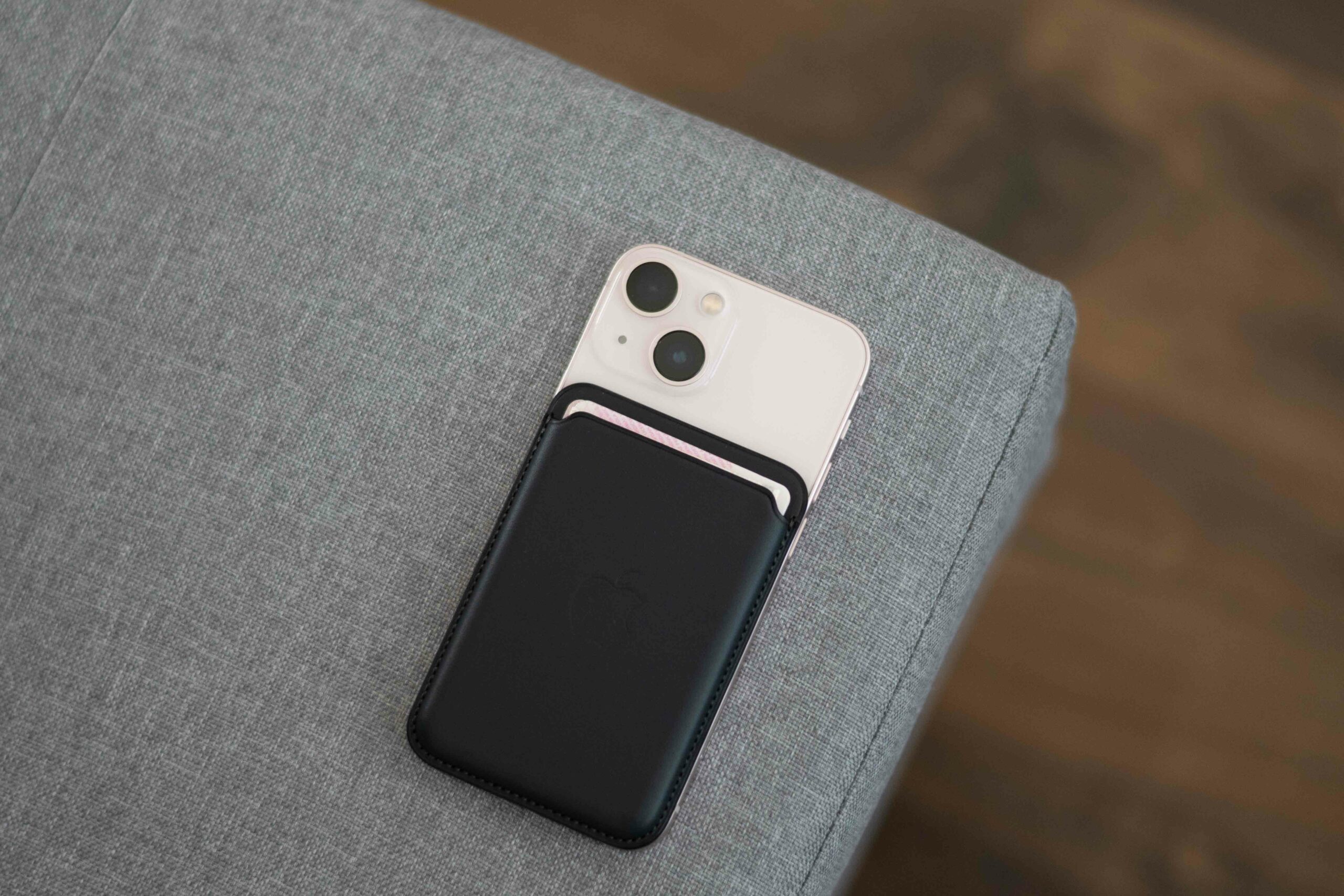

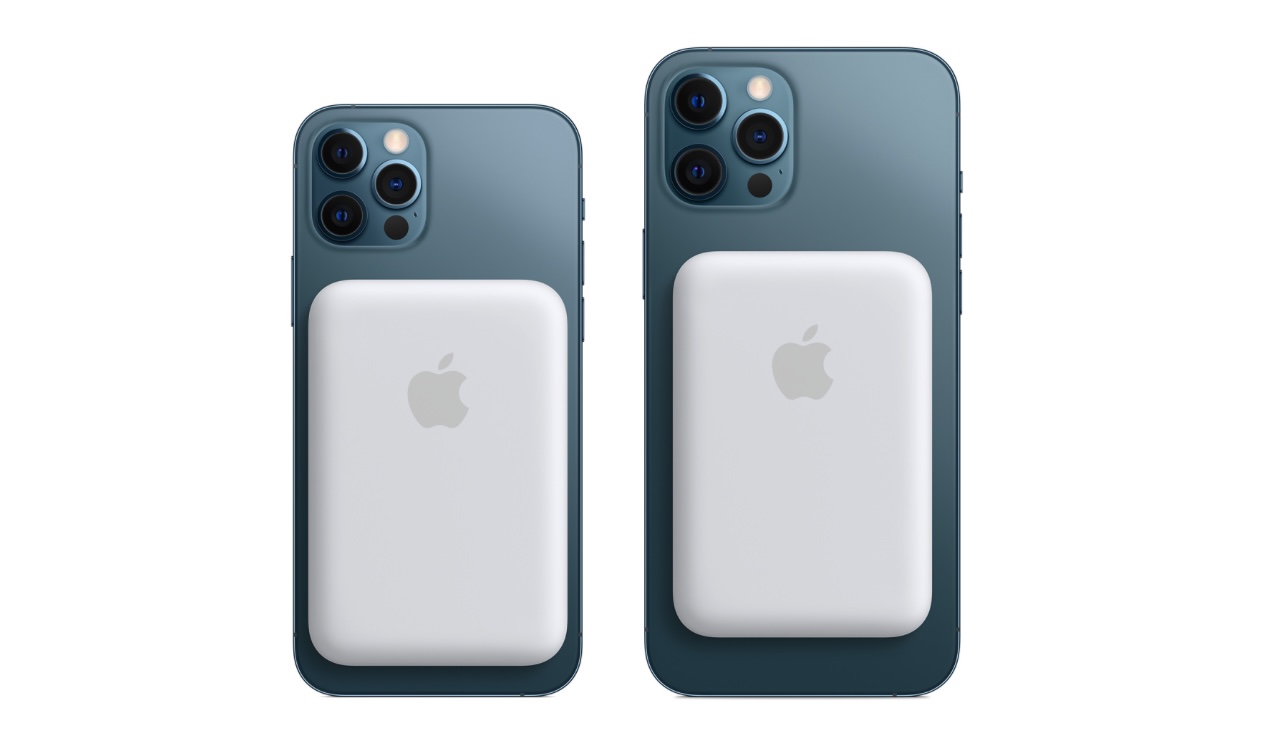
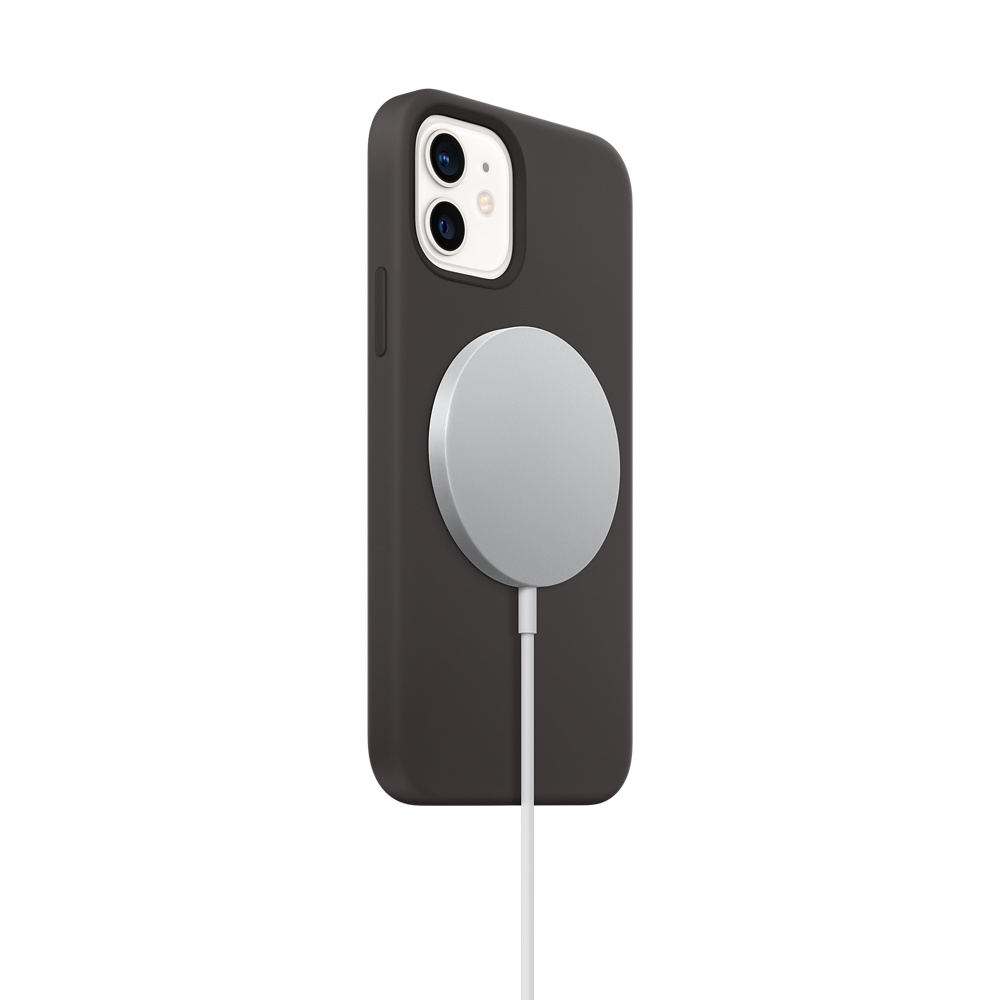
 Adam Kos
Adam Kos